Reproduction is unknowingly the most important way to sustain life on planet Earth. If reproduction doesn’t take place, then a species wouldn’t get propagated and if the death rate increases than the birth rate, the species starts to be extinct. So reproduction in organisms is important for the survival of that species on planet Earth.
Do Organisms Make Exact Copies of Themselves?
Organisms look similar because their body designs are similar. If body designs are to be similar, the blueprints for these designs should be similar. Thus, reproduction at its most basic level will involve making copies of the blueprints of body design. In Class IX, we learned that the chromosomes in the nucleus of a cell contain information for the inheritance of features from parents to next generation in the form of DNA (Deoxyribonucleic Acid) molecules. The DNA in the cell nucleus is the information source for making proteins. If the information is changed, different proteins will be made. Different proteins will eventually lead to altered body designs.
Therefore, a basic event in reproduction is the creation of a DNA copy. Cells use chemical reactions to build copies of their DNA. This creates two copies of the DNA in a reproducing cell, and they will need to be separated from each other. However, keeping one copy of DNA in the original cell and simply pushing the other one out would not work, because the copy pushed out would not have an organized cellular structure for maintaining life processes. Therefore, DNA copying is accompanied by the creation of an additional cellular apparatus, and then the DNA copies separate, each with its own cellular apparatus. Effectively, a cell divides to give rise to two cells. These two cells are of course similar, but are they likely to be absolutely identical? The answer to this question will depend on how accurately the copying reactions involved occur. No biochemical reaction is absolutely reliable. Therefore, it is only to be expected that the process of copying the DNA will have some variations each time. As a result, the DNA copies generated will be similar, but may not be identical to the original. Some of these variations might be so drastic that the new DNA copy cannot work with the cellular apparatus it inherits. Such a newborn cell will simply die. On the other hand, there could still be many other variations in the DNA copies that would not lead to such a drastic outcome. Thus, the surviving cells are similar but subtly different from each other.
Modes of Reproduction by Single Cell Organisms
Fission

Fragmentation
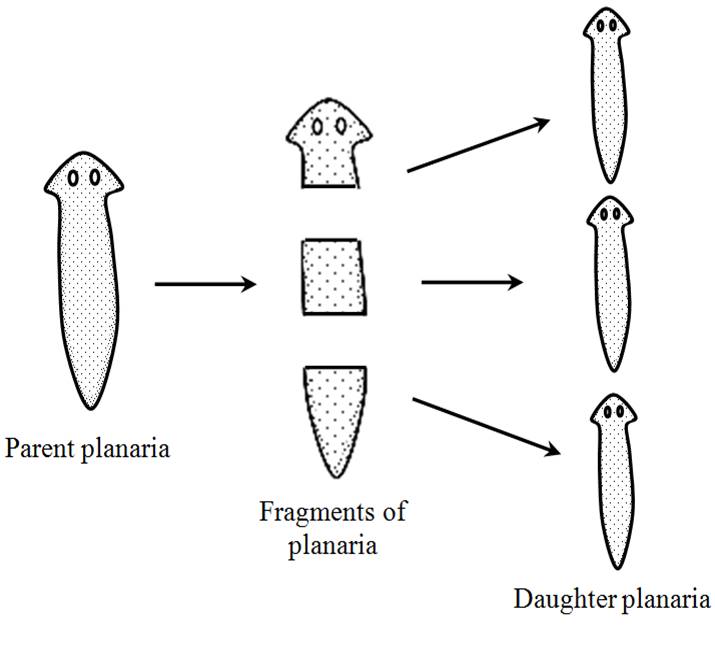
Regeneration
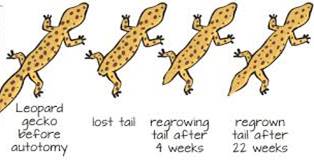
Budding
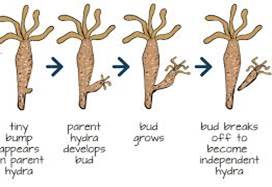
Vegetative Propagation
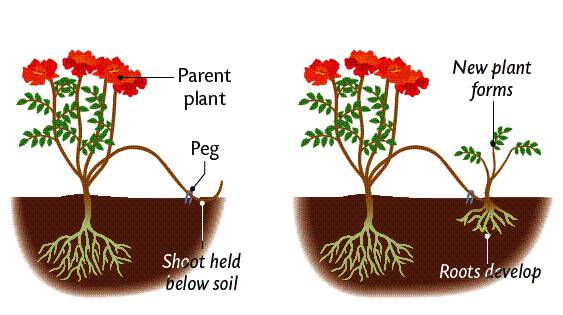
Sexual Reproduction in Flowering Plants
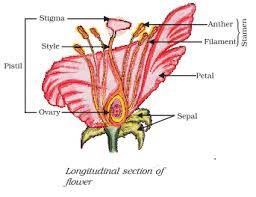
The reproductive parts of angiosperms are located in the flower. You have already studied the different parts of a flower – sepals, petals, stamens and carpel’s. Stamens and carpel’s are the reproductive parts of a flower which contain the germ-cells. What possible functions could the petals and sepals serve?
The flower may be unisexual (papaya, watermelon) when it contains either stamens or carpel’s or bisexual (Hibiscus, mustard) when it contains both stamens and carpels. Stamen is the male reproductive part and it produces pollen grains that are yellowish in colour. You must have seen this yellowish powder that often sticks to our hands if we touch the stamen of a flower. The carpel is present in the centre of a flower and is the female reproductive part.
Recap
- Reproduction, unlike other life processes, is not essential to maintain the life of an individual organism.
- Reproduction involves the creation of a DNA copy and additional cellular apparatus by the cell involved in the process.
- Various organisms use different modes of reproduction depending on their body design.
- In fission, many bacteria and protozoa simply divide into two or more daughter cells.
- Organisms such as hydra can regenerate if they are broken into pieces. They can also give out buds which mature into new individuals.
- Roots, stems and leaves of some plants develop into new plants through vegetative propagation.
- These are examples of asexual reproduction where new generations are created from a single individual.
- Sexual reproduction involves two individuals for the creation of a new individual.
- DNA copying mechanisms create variations which are useful for ensuring the survival of the species. Modes of sexual reproduction allow for greater variation to be generated.
- Reproduction in flowering plants involves the transfer of pollen grains from the anther to the stigma which is referred to as pollination. This is followed by fertilization.
- Changes in the body at puberty, such as the increase in breast size in girls and new facial hair growth in boys, are signs of sexual maturation.
- The male reproductive system in human beings consists of testes which produce sperms, vas deferens, seminal vesicles, prostate gland, urethra and penis.
- The female reproductive system in human beings consists of ovaries, fallopian tubes, uterus and vagina.
- Sexual reproduction in human beings involves the introduction of sperm in the vagina.

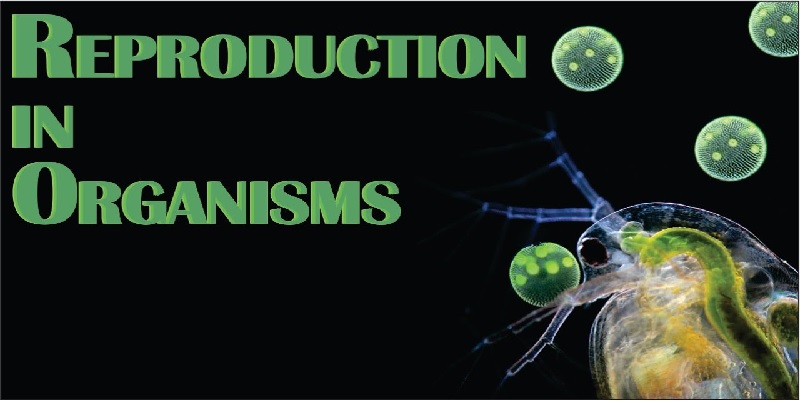




















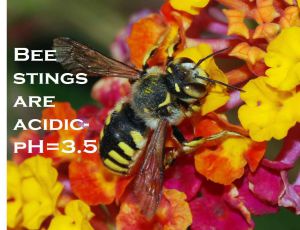
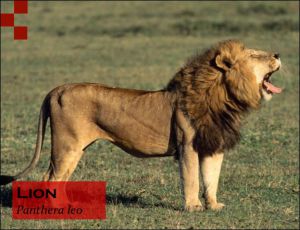







Comments